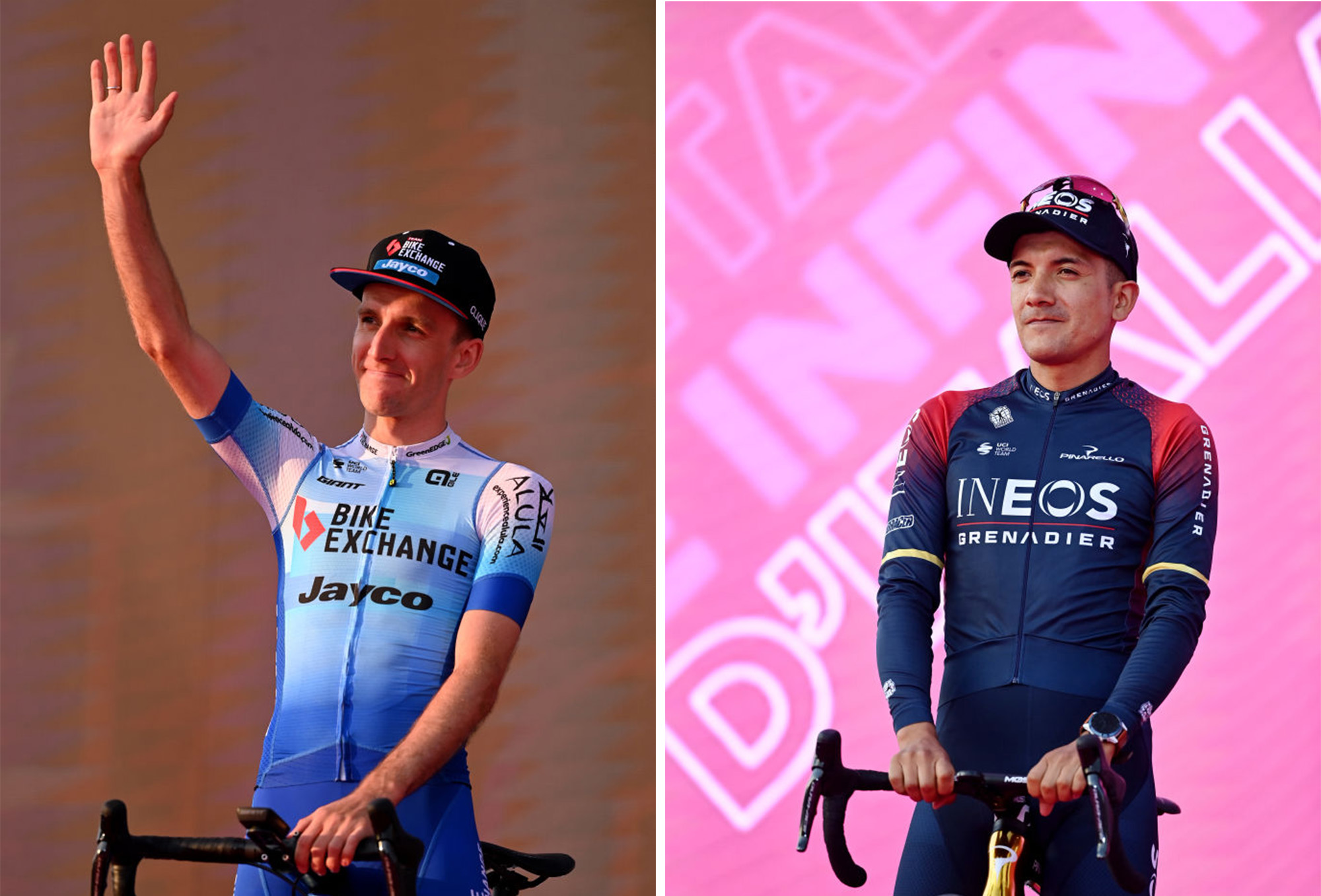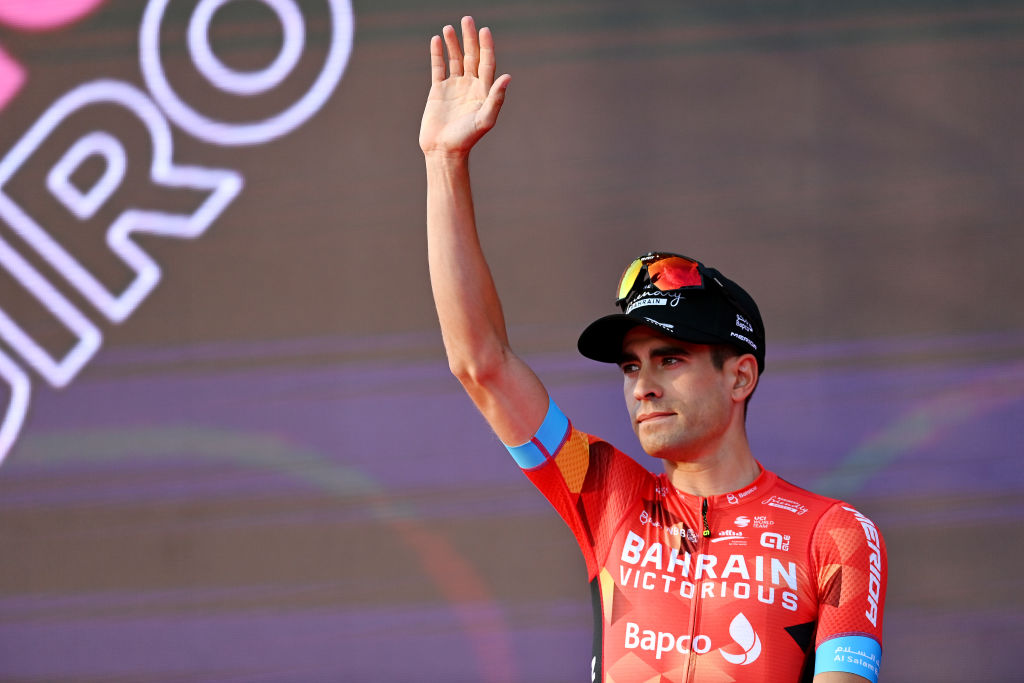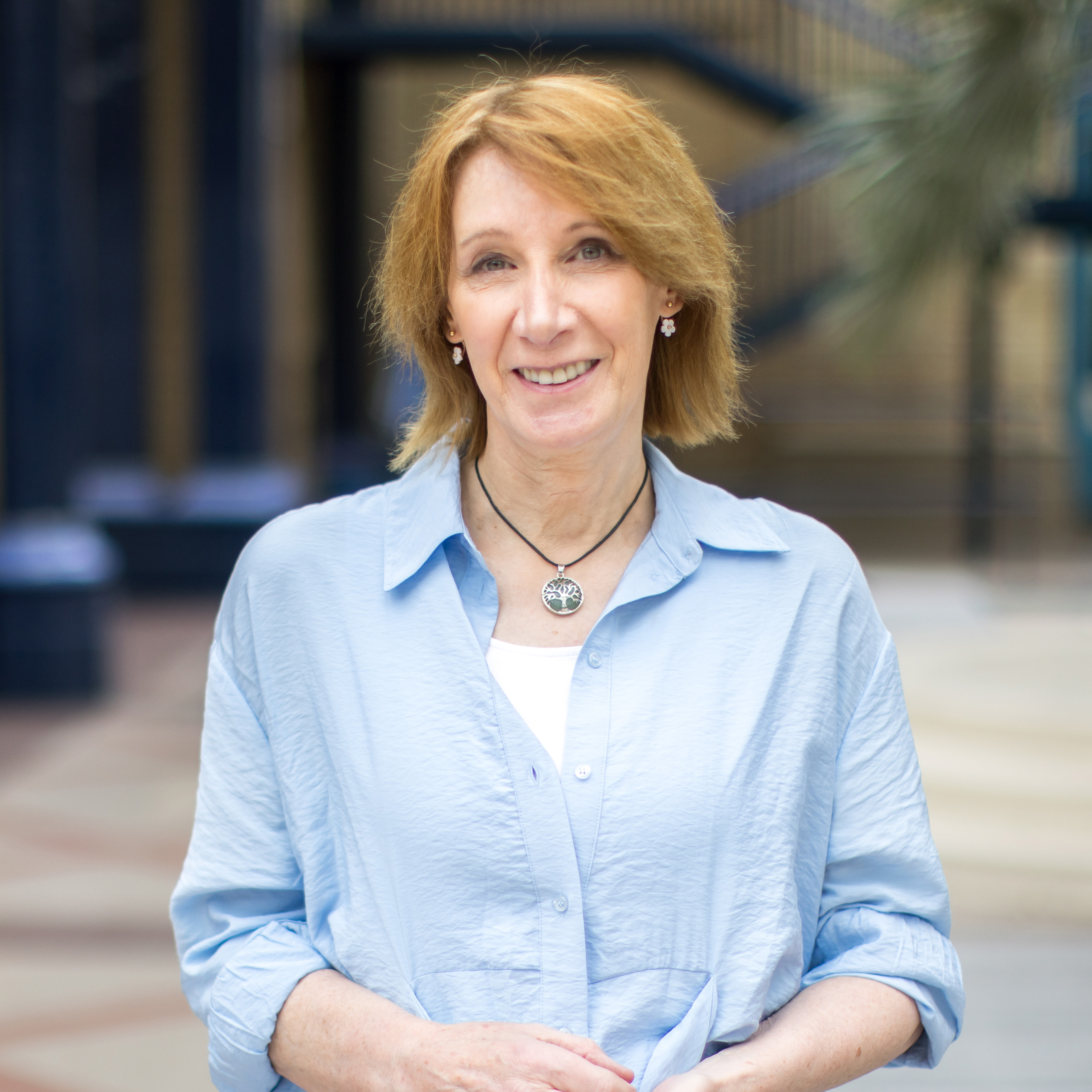Philippa York analysis: Not much to separate Carapaz and Yates at Giro d'Italia
Analysis of the strengths and weaknesses of the big names in the battle for this year's maglia rosa

The Giro d’Italia, because it’s the first Grand Tour of the season, enjoys an almost romantic level of emotional capital.
Everyone talks about the history, the passion, the scenery and the fans at the side of the road supporting their favoured rider. The tifosi naturally want an Italian winner if possible or a rider on an Italian team if there is nobody else.
Unfortunately for the tifosi, this year's 105th edition of the Giro d'Italia kicks off without a real homegrown challenger for overall victory.
The international starts are good for RCS Sport's bottom line but dampen the enthusiasm for the Giro in Italy. The Grande Partenza is also happening in rather dubious circumstances in Budapest, under the cloud of Hungary’s non-condemnation of Russia’s invasion of Ukraine.
Then there’s Hungary’s human rights record. Given the arrival in the professional ranks of so many young riders who have very different ideals and upbringings to those imposed by Viktor Orban’s government, many are perhaps anxious to transfer Sicily as soon as possible even, with an ascent of Mount Etna on stage four.
Carapaz, Yates and Almeida
Looking at the favourites for this year's Giro, two names stand out to me: Richard Carapaz and Simon Yates.
The former won in 2019, taking advantage of being a relative outsider, but he has nowhere to hide now that he’s confirmed his talents since then. The mountains of the last week suit him as he rarely has bad days and he has a level of explosiveness that’s superior to Yates. However his aggressive style of riding will need to be kept under control until the decisive moments, while the numerous flat stages are his weakest points.
Get The Leadout Newsletter
The latest race content, interviews, features, reviews and expert buying guides, direct to your inbox!
The Ineos squad supporting him is solid if not spectacular, Sivakov needs to confirm his potential and Richie Porte needs to stay out of trouble, but you can see they have guys for the flat stages and the others who can climb with the front group until there’s a really big sort out.
Up against the Ecuadorian is Yates, who ought to have triumphed in 2018 but blew spectacularly two days from the finish. He has been chasing a Giro dream ever since and though he has won stages and been a GC contender he hasn’t quite found the formula that saw him in pink for 13 days.
The relative lack of time trialling isn’t a problem because compared to the Ineos leader Carapaz he would expect to be superior in that discipline. He has to avoid over committing and over racing in the first half of the race. If this year’s Paris-Nice is anything to go by, he has learnt how to to stay relatively quiet until the crucial last week.
Of course Yates will have to be vigilant during the so called transition stages because he appears to lose focus and ride out of position sometimes. Sleeping mid-pack will be exploited if he does.
The BikeExchange-Jayco selection looks on paper at least to be weaker in the climbing department compared to Ineos but stronger on the other terrains, the flat stages are where Yates will need the most protection.
The biggest advantage that the Australian squad has over the Brits is back in the team cars. Ineos have the Grand Tour experience of Italy's Matteo Tosatto but BikeExchange's Matt White is more experienced and savvy when it comes down to racing knowledge.
Still, most Grand Tours boil down to a contest between two rivals and at this Giro that looks like being Richard Carapaz and Simon Yates. I’m loath to separate them as they are very similar and think it’ll be a case of who negotiates the challenges of the race going into the final week.
Sitting just below these two main favourites in my prediction and analysis is João Almeida of UAE Team Emirates.
If this year's race route had more time trialling, he would be on an equal footing but it doesn’t and so he will have to adapt his racing style. His climbing ability in the highest mountains is slightly below Carapaz and Yates but he races aggressively and they will have to watch out for the unexpected from the Portuguese youngster.
Backed up by Davide Formolo, Diego Ulissi and Alessandro Covi, Almeida has a really interesting group of riders who will be a presence when the race is whittled down to just the GC guys and their lieutenants. I can see them animating days when everyone else thought it was going to be a relatively easy stage.
Almeida’s undoing might be his enthusiasm to attack when he feels good because ultimately GC racing is all about staying calm until it’s the moment to pounce. In the past he’s not recovered from previous efforts to avoid a less than brilliant day.
Might but probably won't

Now comes a group of top riders who might be on the podium but then again probably won’t for differing reasons.
At the forefront of those we all want to see do well is Mikel Landa (Bahrain Victorious). But we also know or fear he will get caught in a crash or a split and end up losing time through being in the wrong place at the wrong time.
It’s a pity because at Bahrain they also have Pello Bilbao who’ll either end up riding for his fellow Spaniard or will be ahead of him, creating confusion about team leadership.
Miguel Angel López (Astana Qazaqstan) will likely win a stage spectacularly then fall apart just as quickly if there’s even a hint of him not being the team leader.
Having Vincenzo Nibali to take all the media pressure for the first week or so is an advantage but when the years catch up with the Italian, everyone will be watching Superman and expect him to deliver. I don’t know why he’s called that either.
Tom Dumoulin isn’t the same person that won the Giro in 2017 and the lack of time trialling goes against him, so Jumbo-Visma will be counting on Tobias Foss for GC hopes. At the other Dutch team, DSM, Romain Bardet will be in the front group some days but I just don’t see it happening consistently.
Probably the most intriguing internal team leadership battle will be at Bora-Hansgrohe where Wilco Kelderman, Jai Hindley and Emanuel Buchmann can all hope for some protected status, before team leadership eventually sorts itself out on the road. The latter is probably the best bet but I wouldn’t put my own money on it.
Ah! Alejandro Valverde and the Movistar dilemma of the veteran rider always out performing their GC hopeful. The Spanish team's narrative never changes just like Valverde keeps riding on. Maybe Ivan Sosa will be allowed to flourish but not until the former World Champion has proved a point by being ahead of his younger team mate for most of the race.
Everybody else who you might think could be a GC contender won’t be, because if they haven’t been in the front and winning races so far this season then they won’t be in the front here. Modern training has see to that.
Philippa York is a long-standing Cyclingnews contributor, providing expert racing analysis. As one of the early British racers to take the plunge and relocate to France with the famed ACBB club in the 1980's, she was the inspiration for a generation of racing cyclists – and cycling fans – from the UK.
The Glaswegian gained a contract with Peugeot in 1980, making her Tour de France debut in 1983 and taking a solo win in Bagnères-de-Luchon in the Pyrenees, the mountain range which would prove a happy hunting ground throughout her Tour career.
The following year's race would prove to be one of her finest seasons, becoming the first rider from the UK to win the polka dot jersey at the Tour, whilst also becoming Britain's highest-ever placed GC finisher with 4th spot.
She finished runner-up at the Vuelta a España in 1985 and 1986, to Pedro Delgado and Álvaro Pino respectively, and at the Giro d'Italia in 1987. Stage race victories include the Volta a Catalunya (1985), Tour of Britain (1989) and Critérium du Dauphiné Libéré (1990). York retired from professional cycling as reigning British champion following the collapse of Le Groupement in 1995.
